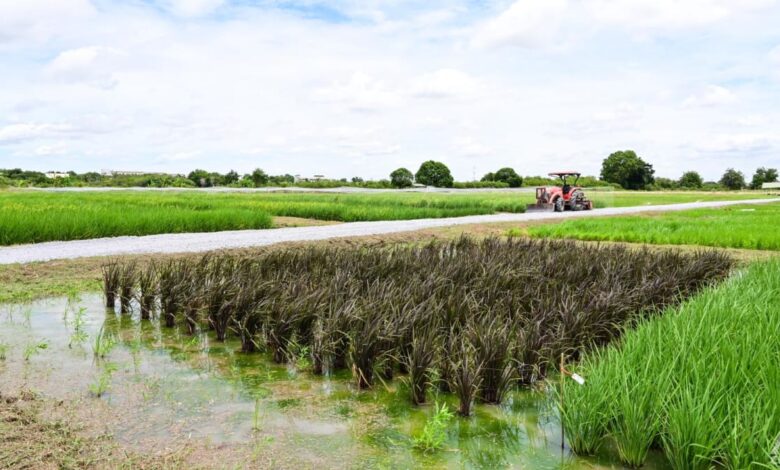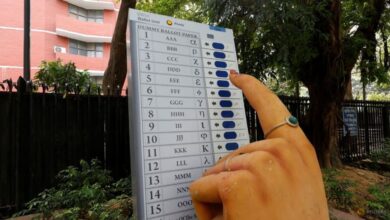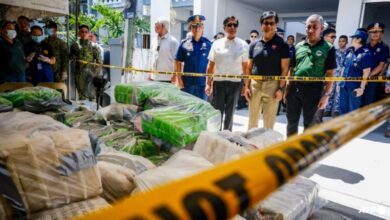Rice farmers rejoicing but consumers frowning in Thailand amid global price spikes and shortages

Earlier this month, Thai local media reported that thousands of hectares of rice fields in the northern province of Phichit had been severely affected by a dry spell.
In another province Nakhon Pathom, irregular weather patterns have posed a serious threat to farmer Weerada Wongsuwan’s rice crops.
“Normally, I’ll get to farm three times a year but this year, I can only do it twice because of the floods,” the 44-year-old told CNA.
Already, farmers have been warned of possible drought from El Nino, she said, fearing she may not be able to farm if there is not enough water supply.
“If I can’t grow rice, I’ll have to do something else. That’s why I’m growing vegetables on the side. I just have to try,” she added.
Amid the global rice shortage, key rice importers in Southeast Asia have introduced measures to prevent hoarding and control market prices.
In the Philippines, for instance, the government has imposed price ceilings on rice nationwide and conducted regular warehouse inspections.
In Malaysia, a buying limit was imposed on Sep 7 to control retail purchases. Consumers are currently allowed to buy 10 bags of 10kg of rice per year.
“A lot will depend on the impact of El Nino and whether other major rice exporters like Vietnam and Thailand maintain export levels and refrain from instituting bans of their own,” Mr Glauber said.
A CHALLENGING FUTURE OF THAI RICE
A recent study by the University of the Thai Chamber of Commerce showed the future of Thai rice may not be as bright as many believe.
Its yield per rai (0.16ha) shrank over the past decade, according to the study. In 2012, Thai fields produced an average of 463kg of rice per rai but the number fell to 445kg in 2022.
Compared with key competitors such as India and Vietnam – which respectively produced 1,107kg and 978kg of rice per rai last year – Thailand’s productivity was substantially lower.
Moreover, the same study also revealed that of all rice farmers in Southeast Asia, Thai growers had the least savings left per rai the year before.
Get Best News and Web Services here






